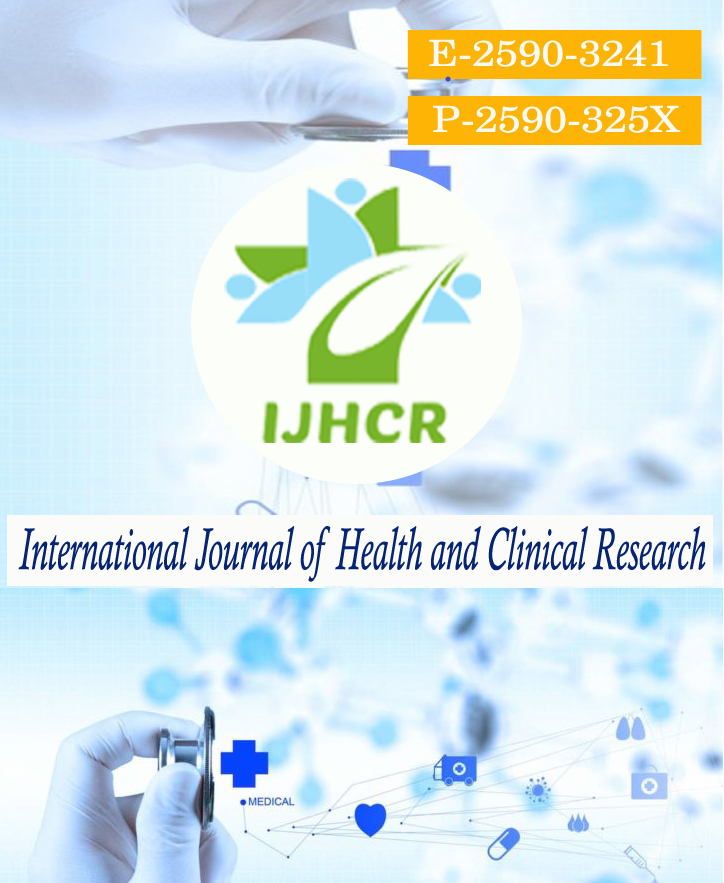Microbiological profile of blood culture Isolates in a Tertiary Care Hospital in Maharashtra
Keywords:
BSI, ESBL, MRSA.Abstract
Background: Blood stream infections (BSI), ranging from self-limiting infections to life threatening septicaemia remain one of the most important cause of morbidity and mortality. BSI can be preceded, followed or be concomitant to a localized or disseminated infectious disease. Blood cultures remains the gold standard diagnostic test for detecting septicemia.Objective:1.To study the profile of microbiological isolates causing Blood Stream Infections in suspected cases of septicaemia2.To determine the antibiotic susceptibility pattern of bacterial isolatesMaterials and methods:
The study was carried out in Department of Microbiology at GMC, Akola from January 2018 to December 2020. Blood samples from 2322 patients with a clinical diagnosis of sepsis were processed under standard protocol. Results:A culture positivity of 5.25% was observed. Of the total 122 isolates, 52 (42.59%) Gram‑negative rods, 46 (37.7%) Gram‑positive cocci and 24 (19.66%) Candida species were isolated. The predominant GNR were Pseudomonas spp. 16(13.11%) followed by Klebsiella spp. 14(11.47%) and Escherichia coli 12(9.83%). E. coli (16.66%) and Klebsiella spp. (28.57%) were found to be ESBL producers. Among Gram-positive cocci, S. aureus 32(26.22%) was commonest with MRSA (87.5%), followed by Enterococci spp. (4.9%) and CONS (4.9%). Conclusion: Timely identification of pathogen and its susceptibility to antimicrobial agents is of great diagnostic and prognostic importance to decrease related mortality and morbidity. Antimicrobial stewardship programme on regular basis guides in decreasing antimicrobial resistance.
Downloads
Published
How to Cite
Issue
Section
License
Copyright (c) 2022 Poovvizhi.M, Poojashri Sharma, Rupali S Mantri, Nitin A Ambhore

This work is licensed under a Creative Commons Attribution 4.0 International License.






 All articles published in International Journal of Health and Clinical Research are licensed under a
All articles published in International Journal of Health and Clinical Research are licensed under a 